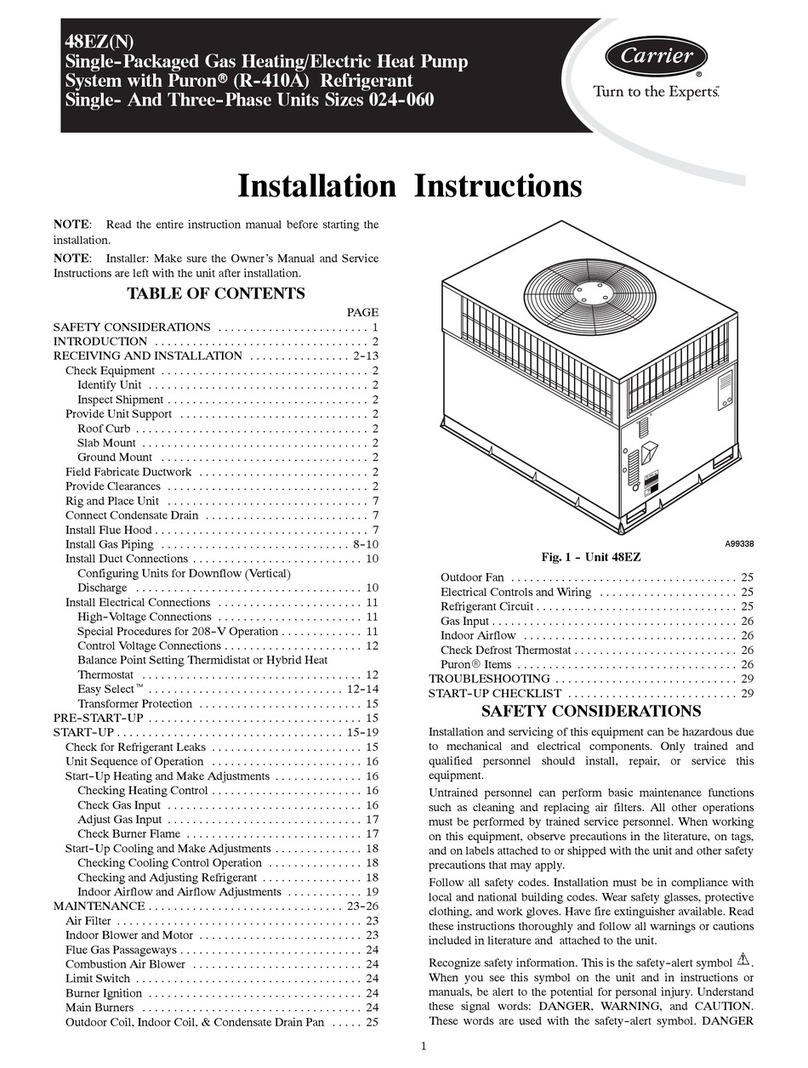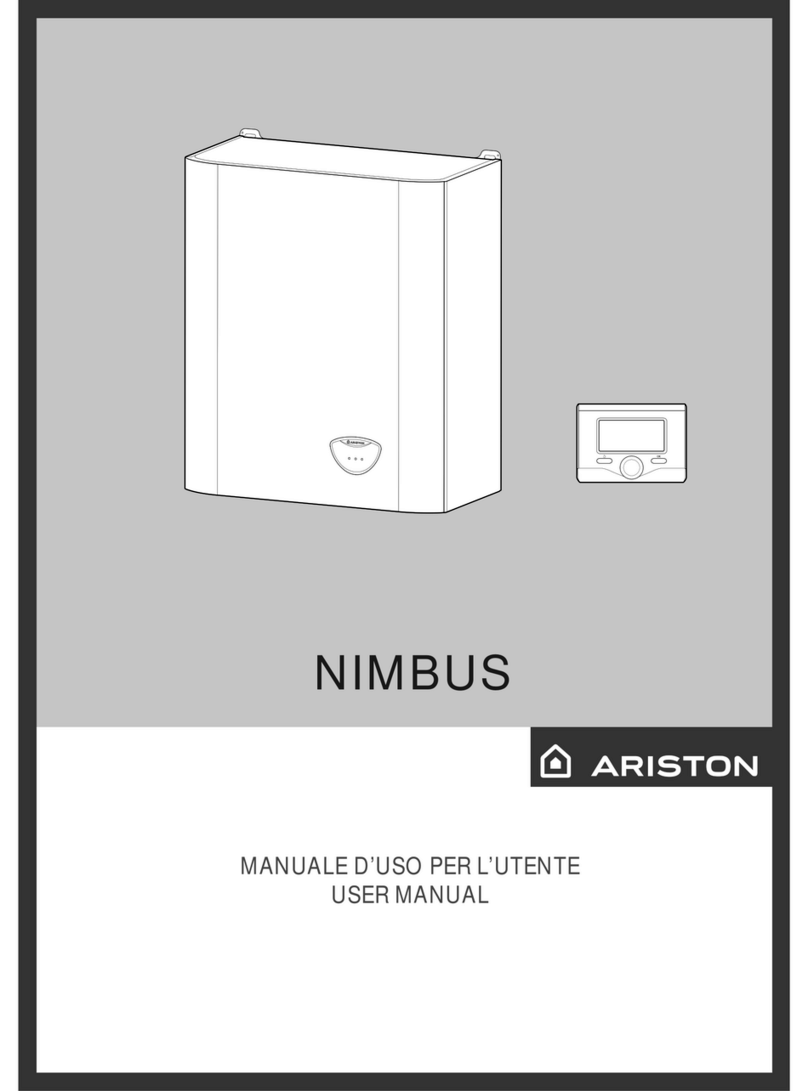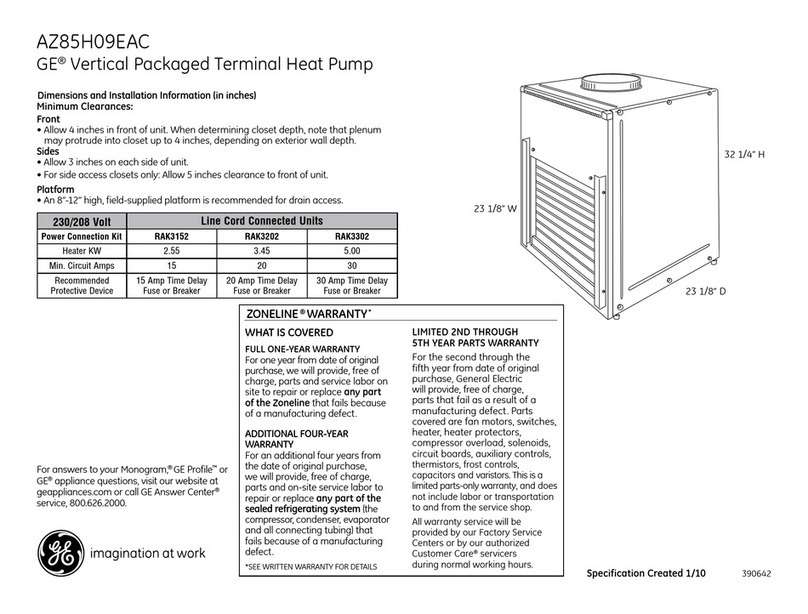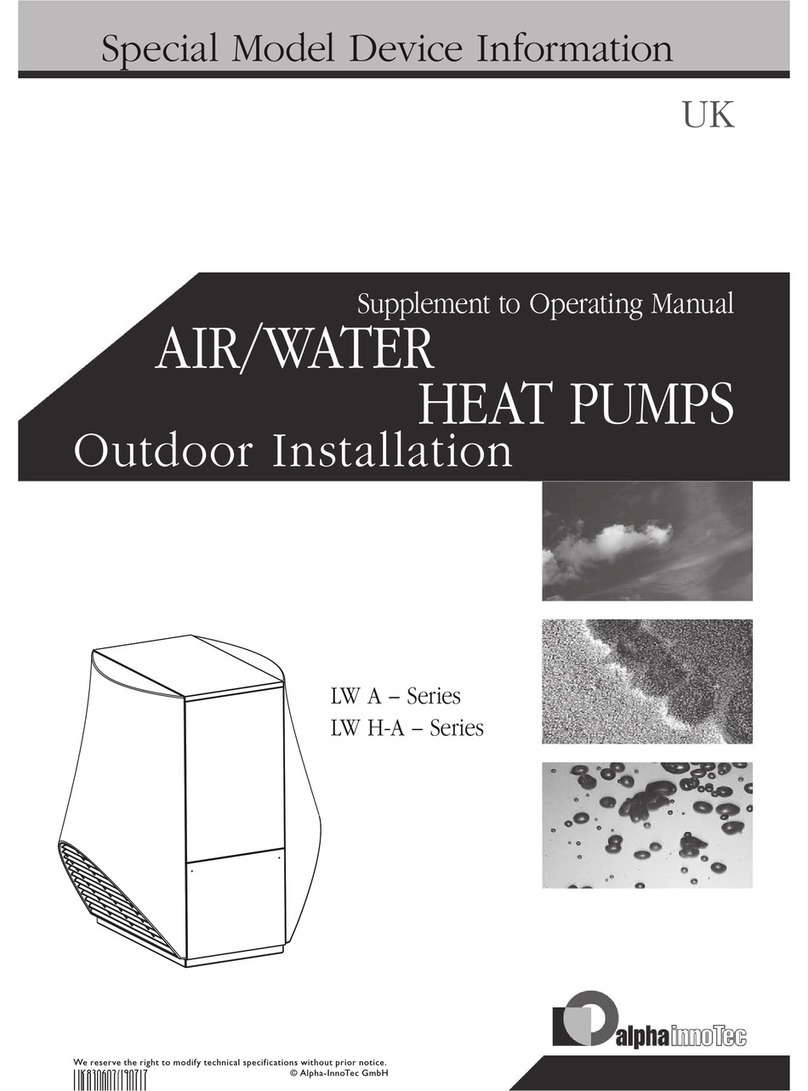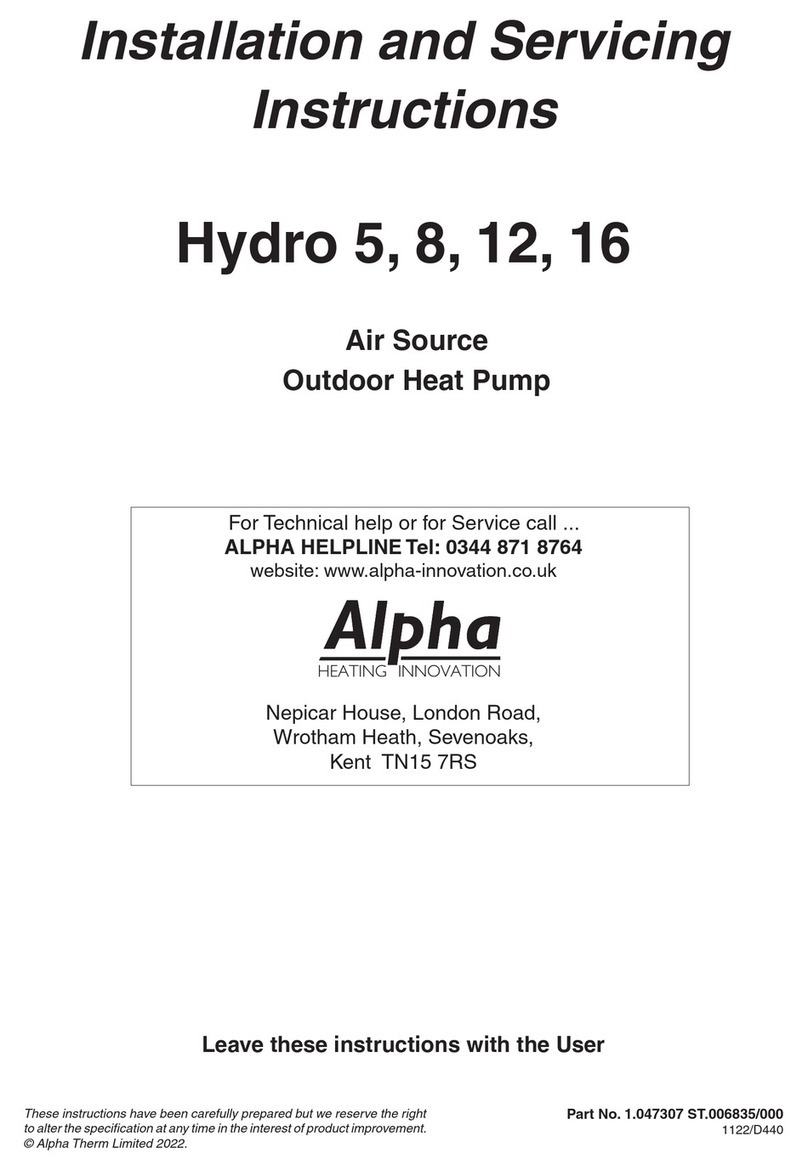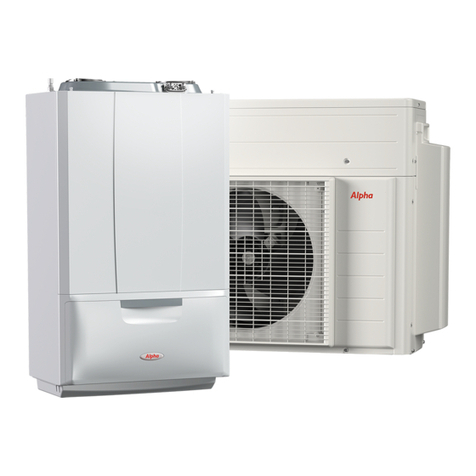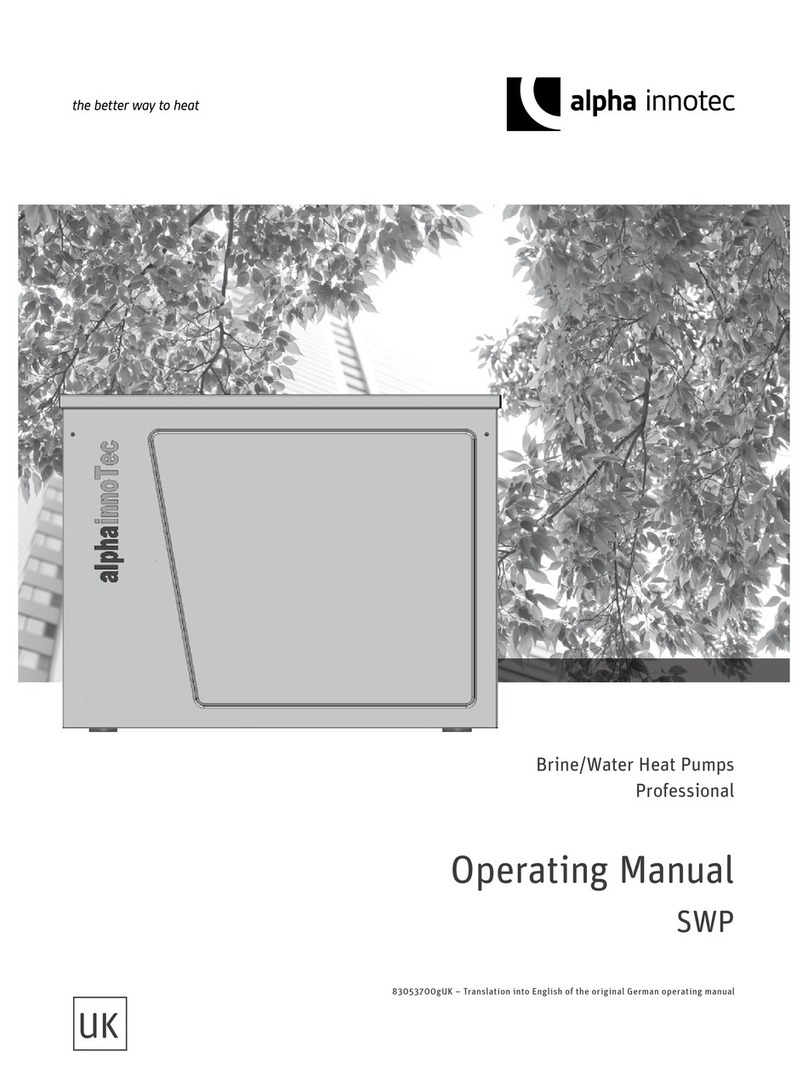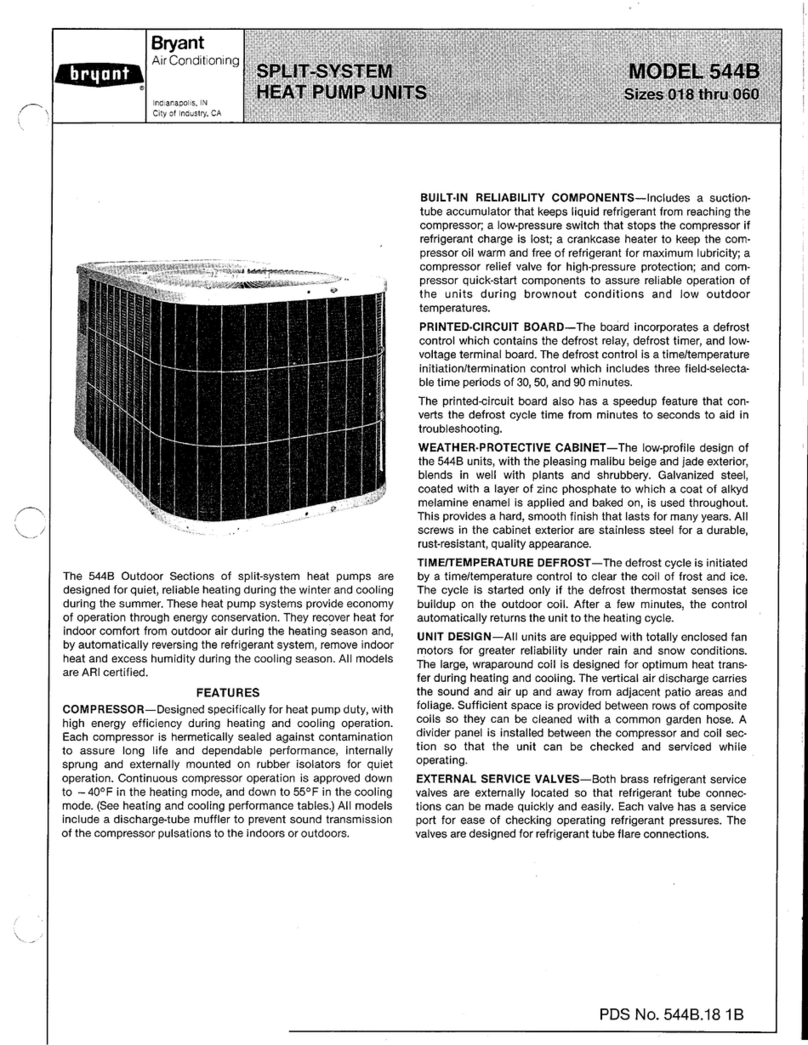Contents
1 About this operating manual................................3
1.1 Validity .............................................................................. 3
1.2 Reference documents............................................. 3
1.3 Symbolsandidenticationmarkings.............3
1.4 Contact............................................................................. 4
2 Safety ..........................................................................................4
2.1 Intended use.................................................................4
2.2 Personnelqualications.........................................4
2.3 Personal protective equipment..........................4
2.4 Residualrisks............................................................... 4
2.5 Disposal...........................................................................5
2.6 Avoid damage to property.................................... 5
3 Description.............................................................................6
3.1 Layout ...............................................................................6
3.2 Accessories...................................................................8
3.3 Function ........................................................................... 8
4 Operation and care........................................................9
4.1 Energy and environmentally aware
operation.........................................................................9
4.2 Maintenance ................................................................. 9
5 Delivery, storage, transport and
installation............................................................................... 9
5.1 Scope of supply ..........................................................9
5.2 Storage...........................................................................10
5.3 Unpackingandtransport.....................................10
5.4 Installation.................................................................... 11
6 Installation and connection..................................12
6.1 Dismantle the module box..................................12
6.2 Installing the module box ....................................14
6.3 Install the hydraulic connections ....................15
6.4 Connect the electrical cables...........................16
6.5 Installing the control...............................................16
7 Flushing,llingandventing.................................18
7.1 Remove the front panel of the module box18
7.2 Heating water quality.............................................18
7.3 Fill,ushandventheatsource........................18
7.4 Vent the circulation pump of the heat
source .............................................................................19
7.5 Flushandlltheheatinganddomestichot
water charging circuit ............................................19
8 Insulate hydraulic connections.........................20
9 Settheoverowvalve...............................................21
10 Commissioning................................................................21
11 Maintenance.......................................................................22
11.1 Basic principles.........................................................22
11.2 Maintenance as required.....................................22
11.3 Yearly maintenance................................................22
11.4 Cleanandushtheevaporatorund
condenser.....................................................................22
12 Faults.........................................................................................23
12.1 Unlockthesafetytemperaturelimiter..........23
13 Dismantling and Disposal .....................................23
13.1 Dismantling..................................................................23
13.2 Disposal and Recycling........................................23
Technical data/Scope of supply ....................... 24
Performance curves......................................... 25
Dimensioned drawing....................................... 26
Installation plans .............................................. 28
Hydraulic integration, unit variant H (heating) .. 31
Terminal diagram.............................................. 35
Circuit diagram 1/3 ........................................... 36
EC Declaration of Conformity .......................... 39







